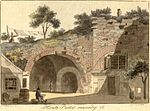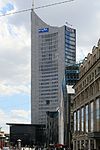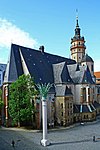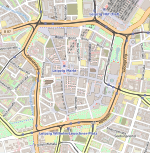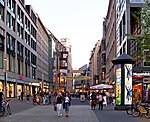Städtisches Kaufhaus
Buildings and structures in LeipzigTourist attractions in Leipzig
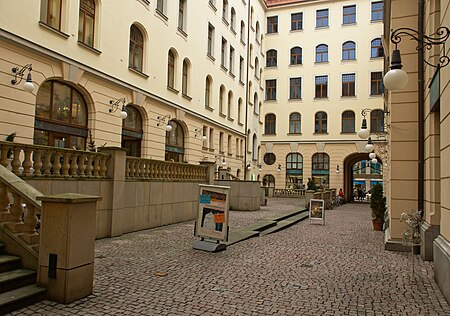
The Städtisches Kaufhaus in Leipzig, designed by Rayher, Korber and Müller, was constructed from 1894 to 1901.
Excerpt from the Wikipedia article Städtisches Kaufhaus (License: CC BY-SA 3.0, Authors, Images).Städtisches Kaufhaus
Kupfergasse, Leipzig Leipzig-center (Mitte)
Geographical coordinates (GPS) Address External links Nearby Places Show on map
Geographical coordinates (GPS)
| Latitude | Longitude |
|---|---|
| N 51.338333333333 ° | E 12.377222222222 ° |
Address
Städtisches Kaufhaus
Kupfergasse
04109 Leipzig, Leipzig-center (Mitte)
Saxony, Germany
Open on Google Maps






